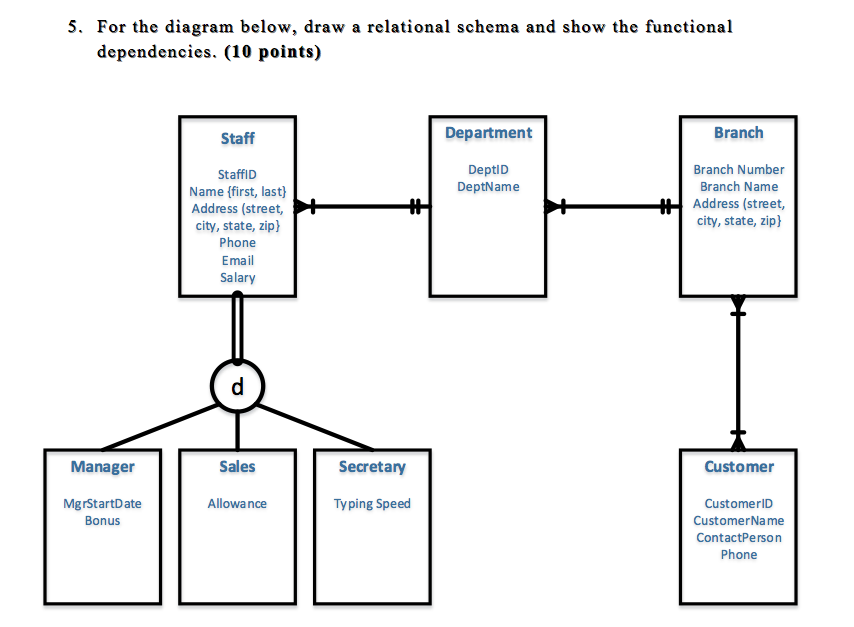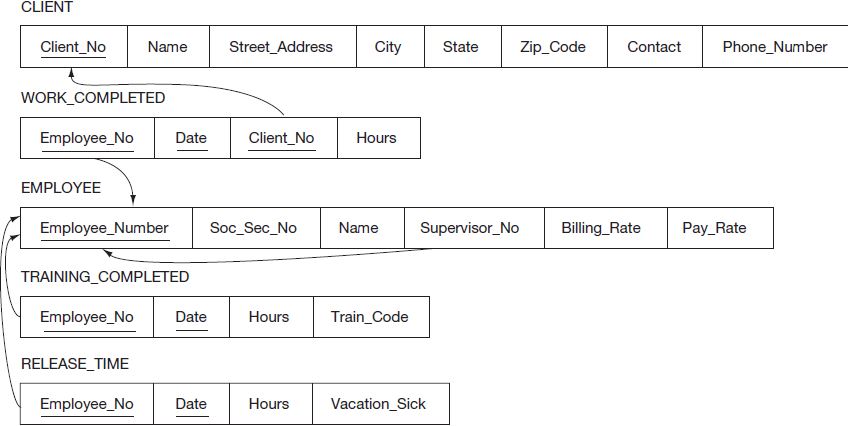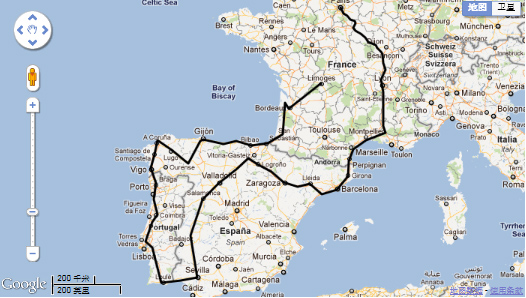Er diagram to relational schema
Table of Contents
Table of Contents
Are you struggling with drawing a relational schema? Don’t worry; you are not alone! Many people find it challenging to create an effective database schema that accurately represents the data model. In this article, we will explore how to draw a relational schema and provide you with some valuable tips to ensure that you can create an accurate representation of your data.
Creating a relational schema can be a daunting task, especially if you are not familiar with database design concepts. Trying to keep track of all your data elements while ensuring that your schema is efficient and accurately represents your data can be very challenging.
The first step in drawing a relational schema is to have a clear understanding of your data model. Once you understand the relationships between the data elements, it is easier to start laying out your schema. Start by drawing a rough sketch of the data elements and entities before creating the final schema.
It is essential to understand the rules and constraints of the various database objects when designing a relational schema. You must have a clear understanding of the various terms used in database design, such as primary keys, foreign keys, indexes, etc.
My Experience with Drawing Relational Schema
I had to design a relational schema for one of my projects, and I found it quite challenging initially. There were several data elements and entities that had complex relationships, and I wasn’t sure how to represent them accurately. However, once I started to sketch out a rough diagram and understood the various terms, I was able to create an accurate schema that met all of the business requirements.
Tips on How to Draw Relational Schema
Here are some valuable tips to help you draw an effective relational schema:
1. Identify the Entities and Relationships
Start by identifying the entities in your data model and the relationships between them. This will help you to determine the structure of your schema and the various attributes that need to be included.
2. Use Consistent Naming Conventions
Ensure that you use consistent naming conventions for all the entities, attributes, and relationships in your schema. This will make it easier for other developers to understand the data model.
3. Define Primary and Foreign Keys
It is essential to define the primary and foreign keys for all the entities in your schema. This will help you to establish the relationships between the entities and ensure data integrity.
4. Normalize Your Data Model
It is important to normalize your data model to avoid redundant data and improve query performance. This involves breaking down larger tables into smaller ones and establishing relationships between them.
Common Mistakes to Avoid
When drawing a relational schema, there are some common mistakes that you should avoid:
- Not understanding the relationships between data entities correctly.
- Not properly defining primary and foreign keys.
- Using vague or inconsistent naming conventions.
- Ignoring normalization rules while designing your schema.
Q&A: How to Draw Relational Schema
1. What is a relational schema?
A relational schema is a design that represents the logical structure of a database. It includes the entities, attributes, and relationships between them.
2. What is the primary key in a relational schema?
The primary key is a field or combination of fields that uniquely identify each record in a table. It is used to establish relationships between tables and ensure data integrity.
3. What is normalization in database design?
Normalization is the process of organizing data in a database to reduce redundancy, improve query performance, and ensure data consistency. It involves breaking down larger tables into smaller ones and establishing relationships between them.
4. What are foreign keys in a relational schema?
Foreign keys are fields that refer to the primary key of another table. They are used to establish relationships between tables and ensure data integrity.
Conclusion of How to Draw Relational Schema
Creating an effective relational schema requires careful planning, understanding, and knowledge of database design concepts such as primary and foreign keys and normalization rules. By following the tips provided in this article and avoiding common mistakes, you can create an accurate and efficient schema that represents your data model effectively. Remember to always start by sketching out a rough diagram before creating the final schema and use consistent naming conventions throughout to ensure that your schema is easy to understand and maintain.
Gallery
Relational Database Schema Diagram Zv484 | Programação

Photo Credit by: bing.com /
Er Diagram To Relational Schema - Wiring Diagram
Photo Credit by: bing.com / relational dbms textbooks
Relational Schema For The Running Example | Download Scientific Diagram

Photo Credit by: bing.com / relational
The Relational Database Schema | Download Scientific Diagram

Photo Credit by: bing.com / relational
Draw A Relational Schema Diagram - Zainitc.com

Photo Credit by: bing.com /






